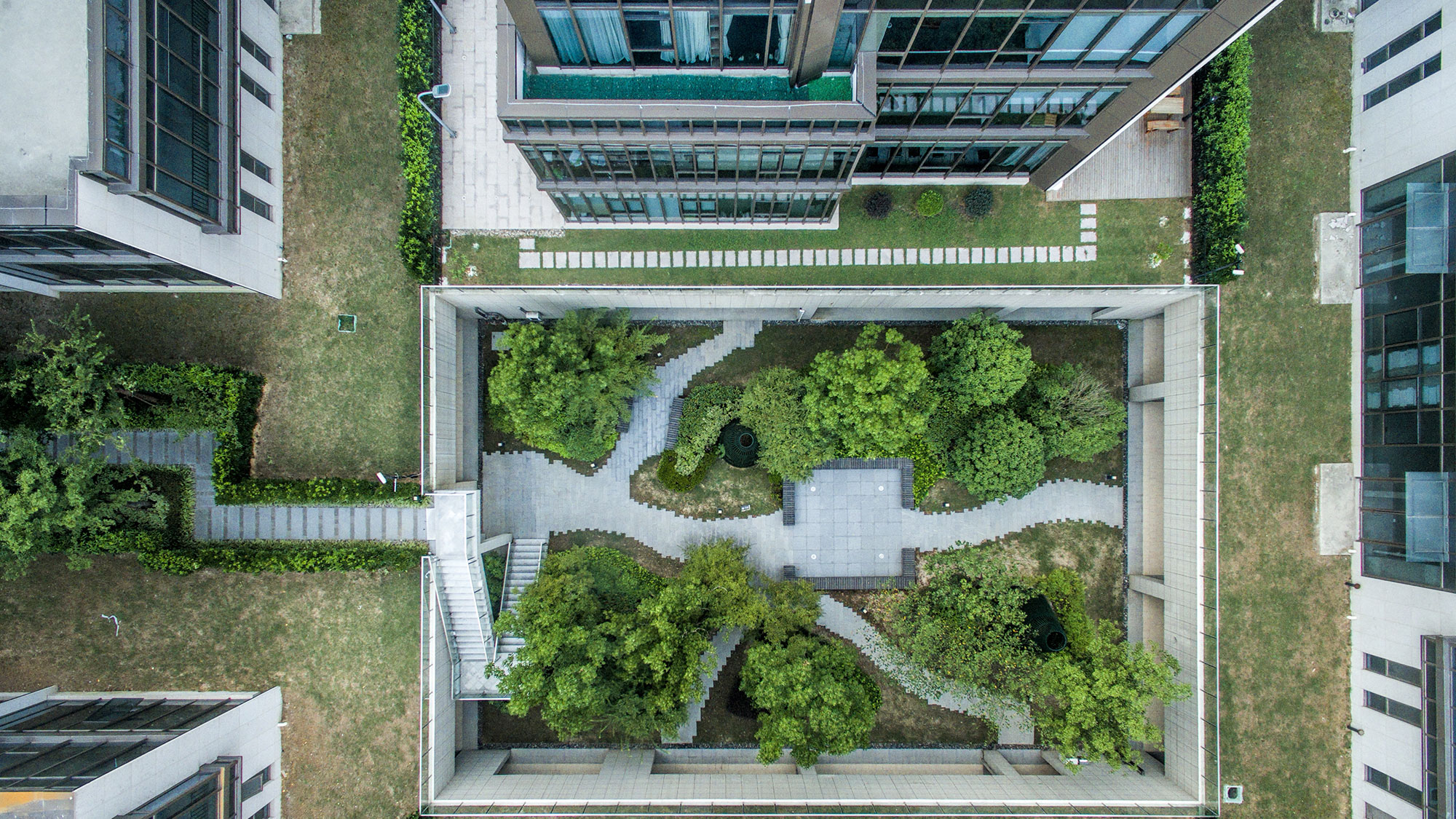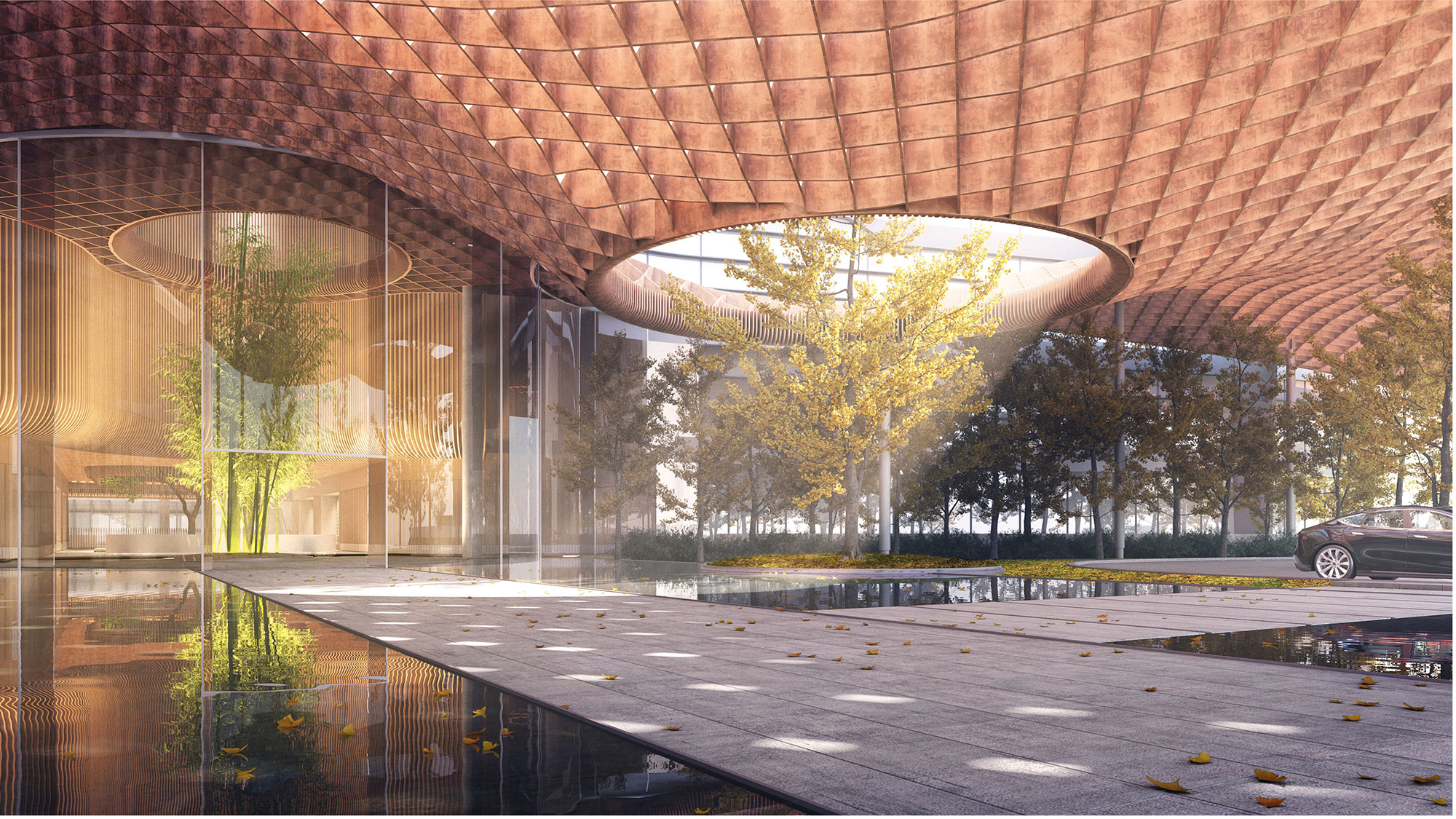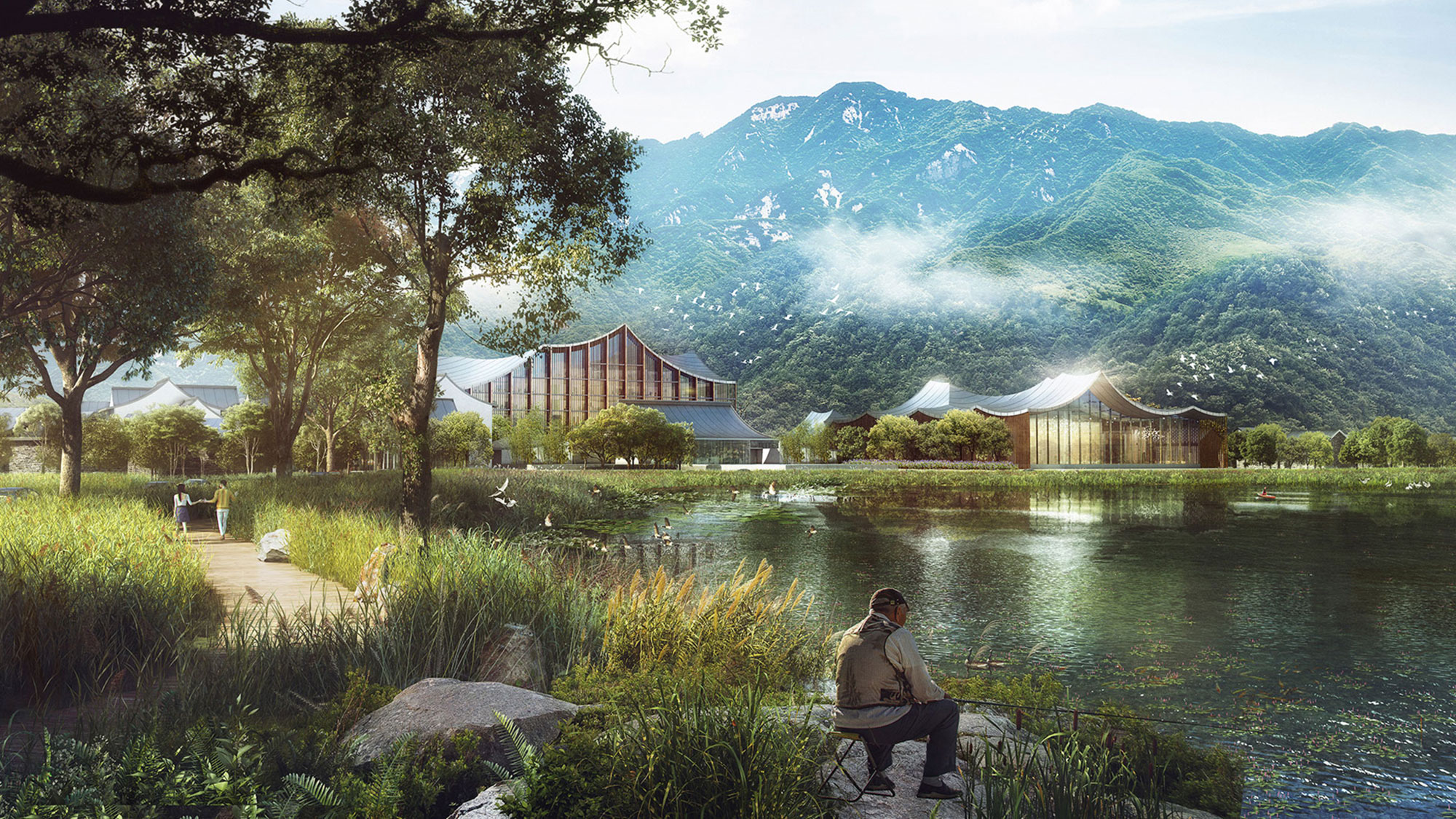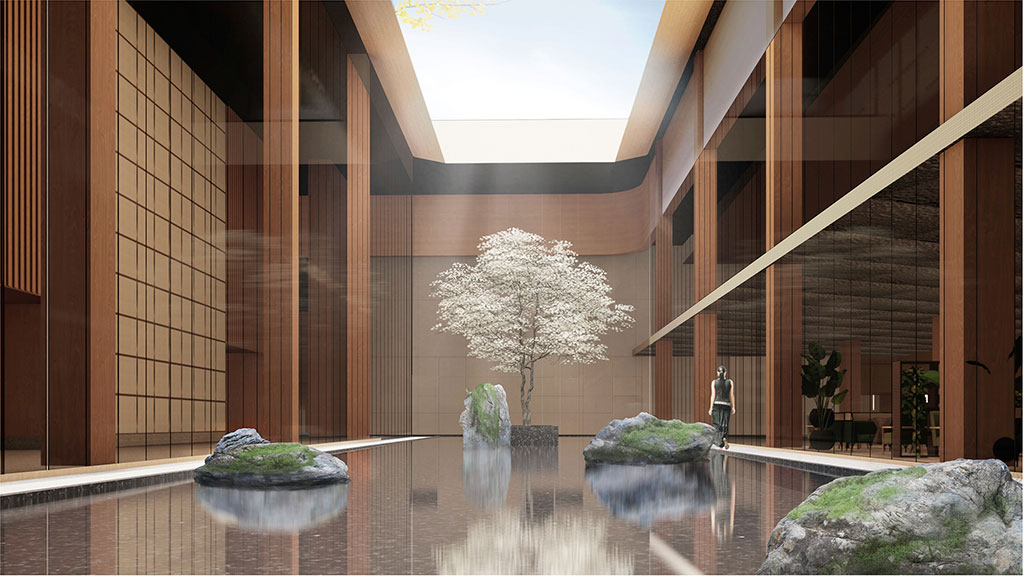Feng Shui Meets Sustainability: 5 Ideas for a Greener Future
November 29, 2023 | By Zilia Zhou
In the world of architecture and design, two seemingly unrelated realms have been quietly converging: the ancient art of Feng Shui and the modern building sustainability. While on the surface, they might seem like an odd pair, a deeper exploration reveals a profound connection between these two paradigms, offering a unique lens through which to reimagine our built environments. For those curious minds seeking spaces that not only look good but also feel good, this exploration into the intersection of Feng Shui and sustainability unveils a compelling narrative of harmony, balance, and enduring well-being.
Here are five ideas exploring the intersection of Feng Shui and sustainability in the built environment:
1. Putting People First
In the conventional design process, aesthetics often takes center stage, with the needs and experiences of the end users relegated to a secondary role. Sustainability, on the other hand, broadens the scope, delving into comprehensive studies encompassing waste, energy, water, and beyond. This meticulous approach aims to eliminate negative environmental impacts and uphold ecological sustainability through thoughtful and sensitive design.
Feng Shui’s philosophy, rooted in fostering harmony among the universe, the built environment, and its inhabitants, resonates deeply with this human-centric approach. By shifting the focus to people and prioritizing Qi, the life force energy, Feng Shui aligns with the core tenets of sustainability. This alignment responds to the pressing need for unity between people and nature, creating spaces that not only look good but also nurture the well-being of current and future occupants.
2. Closed-Loop Thinking
The cyclic nature of materials, viewed through the lens of Feng Shui, echoes the principles of McDonough and Braungart’s Cradle to Cradle philosophy. Both philosophies converge in their call for mindful resource management, sustainable design, and a holistic understanding of interconnected natural systems.
In the world of Feng Shui, materials are broken down to the five basic elements — fire, metal, wood, water, and earth — engaged in an ongoing rhythm of creation and destruction. This seamless alignment with Cradle to Cradle’s mantra of “reduce, reuse, recycle” underlines the importance of considering the life cycle of building materials before production. By understanding how these fundamental elements naturally create and break down things, we gain a better chance at creating a healthier and safer environment for our homes and for nature.

3. Energy Efficiency and Yin Yang
The connection between building energy efficiency and Feng Shui’s Yin and Yang principles offers a holistic approach to design, ensuring a balanced and harmonized energy flow within a space. Effective energy-efficient building design involves aligning site plans with natural surroundings, analyzing sun and wind paths, and considering directions of cold and hot air with insights from national weather and humidity reports.
Feng Shui adds a layer to this understanding by directing energy toward the natural environment and interpreting the Yin and Yang theory. Yin, representing passive elements like darkness, cold, and wetness, contrasts with Yang, symbolizing active principles like light, heat, and dryness. Importantly, Yin and Yang emphasize balance and harmony within a space, not opposition. These principles, often perceived as universal tools, empower everyone to create spaces that not only mirror self-perception but also influence behavior on a subconscious level. In this way, we bridge the energies between the universe, planet Earth, and living beings.

4. Harmony With Nature
Working with nature is the key to success in the built environment. Like biophilic designers, Feng Shui experts use measurements related to geography, climate, and thermal levels to analyze structures. The Form School of Feng Shui, grounded in the ancient Chinese philosophical and cosmological thoughts that emphasize the interconnectedness of nature and the built environment, advises shaping building geometry to harmonize with its surroundings and nature.
This approach ensures alignment with Feng Shui principles, preventing the negative consequences of “bad Feng Shui” linked to disruptive designs. Additionally, it promotes a natural integration between the built and natural environments. In situations where existing land conditions don’t support good Feng Shui, refraining from construction or remodeling is recommended. “Bad Feng Shui” signifies discomfort arising from an unpleasant overall environment, emphasizing the importance of water features, greenery, well-maintained neighborhoods, reduced pollution, and vibrant communities to create good Feng Shui in living spaces.

5. Long-Term Resilience
In the realm of Feng Shui, the emphasis on optimal construction times aligns seamlessly with modern sustainability practices, contributing to the creation of buildings that endure over time. Utilizing Luo Pan compass calculations based on the Chinese astronomy system and lunar calendar, Feng Shui consultants pinpoint optimal moments for significant construction changes.
Considering factors like weather, temperature, the unique qualities of the five elements throughout the year, seasonal variations, the building’s location, and the earth’s position in the solar system, this method is thought to enhance the positive flow of life-force energy, Qi. In essence, it creates a comfortable environment for people living in the space, advocating for structures built to tolerate the challenges posed by changing environmental conditions.
In the quest for spaces that resonate with the essence of human well-being and environmental stewardship, the convergence of Feng Shui and sustainability presents a captivating narrative. These five concepts — putting people first, closed-loop thinking, energy efficiency and Yin Yang, harmony with nature, and long-term resilience — propose a holistic approach to design that transcends the superficial and embraces the profound interconnectedness between the built environment and the natural world.
As clients in search of spaces that not only withstand the test of time but also enhance the lives of their occupants, the integration of ancient wisdom with contemporary sustainability practices calls out. By considering the alignment of our homes and workplaces with the universal forces embedded in Feng Shui principles, we pave the way for a future where our built environments seamlessly coexist with nature, fostering harmony, balance, and well-being.
For media inquiries, email .

